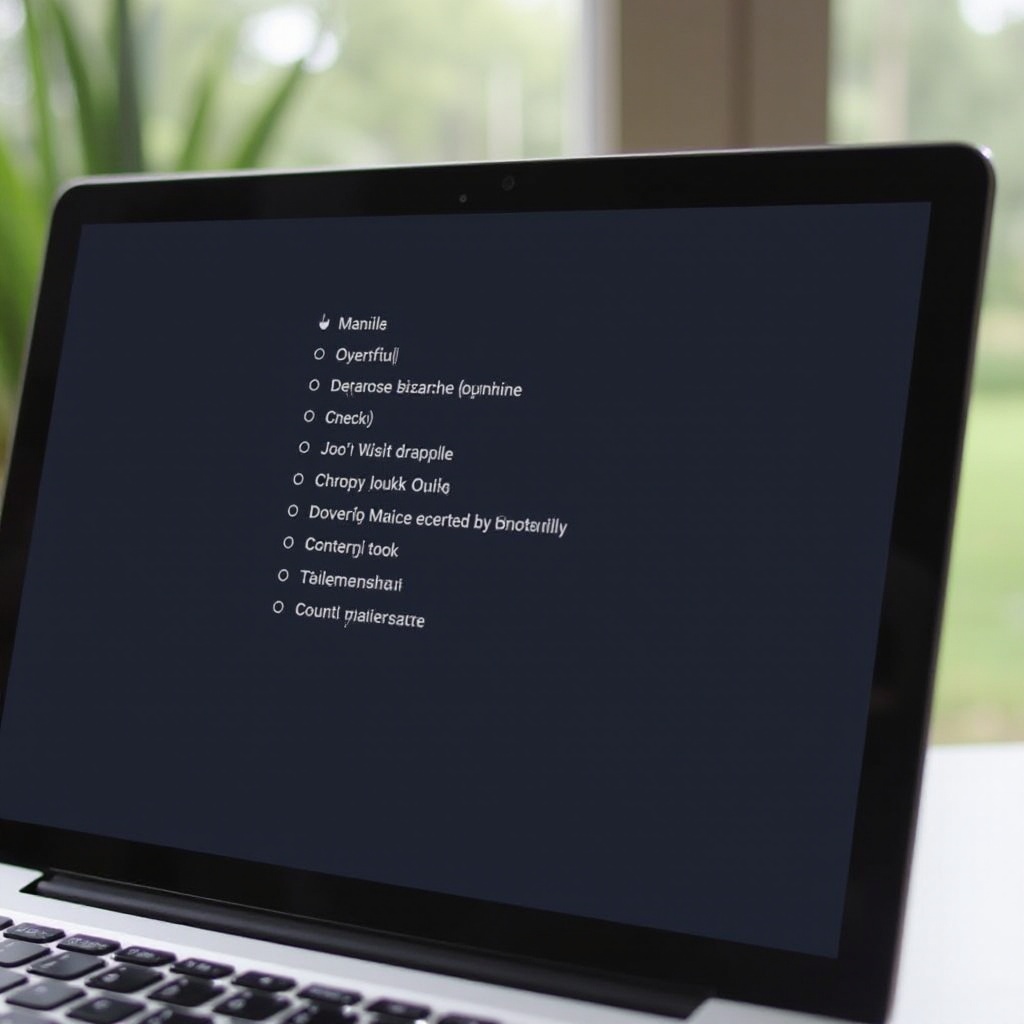Introduction
Chromebook users encounter various situations requiring technical adjustments, including renaming branches and restoring tabs. These tasks may sound complex, but they are essential for maintaining a smooth workflow. If you’re uncertain about how to proceed, our comprehensive guide will help you master these tasks.
In this article, you’ll learn why renaming branches is important, how to prepare your Chromebook, and follow a step-by-step guide. Additionally, you’ll discover the significance of restoring tabs, and we’ll provide troubleshooting tips and best practices for efficient tab management.

Understanding the Need for Renaming Branches in Chromebook
Renaming branches in your Chromebook primarily helps in organizing your workflow. For developers, changing branch names can clarify project purposes and maintain version integrity. Sometimes, there might be prerequisite updates or fixes required before continuing on a particular branch. Consistent nomenclature makes navigation and project management streamlined.
Moreover, easier identification of branches leads to minimized errors, facilitating better team collaboration. Without appropriately named branches, developers might find themselves guessing, causing inefficiencies and possible conflicts in version control.
Renaming branches also caters to evolving changes within a project. As the project grows, initial branch names may no longer accurately reflect their function or content. This process is a natural aspect of developing and maintaining a dynamic work environment.
Preparing Your Chromebook for Branch Renaming
Before starting the branch renaming process, you should ensure your Chromebook is ready. Here are a few preparatory steps:
- Update Operating System: Make sure your Chromebook’s OS is updated to the latest version. Head to your settings and check for software updates.
- Backup Data: Always back up your important data. While renaming branches should not lead to data loss, it’s better to be safe.
- Close Unnecessary Tabs: Limit background activities and close tabs that aren’t in use. This helps in minimizing any potential disruptions during the renaming process.
- Install Developer Tools: If you haven’t installed necessary developer tools and version control systems (like Git), do that now. Use the Chrome Web Store or Linux terminal on your Chromebook.
These preparatory steps ensure a smooth transition and avoid disruptions while renaming branches.
Step-by-Step Guide to Renaming Branches in Chromebook
Renaming a branch in Chromebook involves some steps. Here’s how you can do it:
- Open Terminal: Access your terminal. You can do this via your Chromebook’s Linux development environment.
- Navigate to Repository: Go to the git repository directory using the
cdcommand. Example:cd /path_to_your/repo. - Identify Current Branch: Find out your current branch using
git branch. It highlights the branch you currently have checked out. - Rename Locally:
- Switch to the branch you wish to rename:
git checkout old-branch-name. - Use the rename command:
git branch -m new-branch-name. - Reflect Changes Remotely:
- Delete the old branch name on the remote:
git push origin --delete old-branch-name. - Push the new branch name:
git push origin new-branch-name. - Track Configurations:
- Update branch tracking:
git branch --unset-upstreamandgit push --set-upstream origin new-branch-name.
Be cautious during these steps to ensure there’s no accidental loss of progress.
Troubleshooting Common Issues in Branch Renaming
You might face some common issues while renaming branches. Here’s how to tackle them:
- Branch Not Found: Ensure you typed the branch name correctly. Use
git branchto list branches and confirm. - Permission Denied: If you face permission issues, check your access rights to the remote repository. Sometimes, admin rights are required.
- Conflicts During Naming: If there are conflicts while renaming, use conflict resolution strategies like merging or rebasing.
- Remote Update Issues: If updates are not reflected properly, double-check the remote repository status and push commands.
These solutions directly address typical problems, ensuring successful task completion.

Importance of Restoring Tabs in Chromebook
Restoring tabs in Chromebook is not just a convenience but an essential aspect of efficient web navigation and workflow management. Reopening important tabs after a restart or crash saves time and maintains continuity, which is crucial for both everyday users and developers.
Imagine working on multiple documents or having research spread across different tabs. If a reboot happens suddenly, all your hard work could be jeopardized. Efficient tab restoration ensures that you can quickly get back to your tasks with minimal disruption.
Overall, understanding how to restore tabs can significantly improve your productivity and reduce stress in case of unexpected events.
How to Restore Tabs in Chromebook Step-by-Step
Restoring tabs is quite straightforward. Follow these easy steps:
- Reopen Last Session:
- Click on the three-dot menu in the top-right corner of Chrome.
- Navigate to
History. - Select
Reopen Closed Tabto restore recent tabs. - Use History:
- Again, open the
Historyfrom the menu. - You can now see a list of recently closed tabs.
- Just click on the desired tabs to reopen them.
- Keyboard Shortcuts:
- Press
Ctrl + Shift + Trepeatedly to open recently closed tabs. Each keystroke reopens one tab in reverse order. - Session Buddy Extension:
- Install Session Buddy from the Chrome Web Store.
- Use its interface to organize and restore sessions.
By following these steps, your tabs will be restored efficiently, ensuring uninterrupted work.

Best Practices for Tab Management in Chromebook
Effective tab management can greatly enhance productivity. Here are some best practices:
- Group Tabs: Use Chrome’s tab grouping feature to organize tabs by project or topic. Right-click a tab and select
Add to New Group. - Extensions: Utilize tab management extensions like
OneTabto consolidate tabs and save memory. - Bookmarks: Frequently visited pages should be bookmarked for quick access instead of keeping them open.
- Limit Open Tabs: Keep the number of open tabs minimal to avoid clutter and slow performance.
- Session Managers: Extensions like Session Buddy help manage browser sessions effectively.
Adopting these practices can streamline your browsing experience and prevent tab overload.
Conclusion
Successfully managing branches and tabs on a Chromebook not only improves productivity but also creates a streamlined workflow. By renaming branches accurately and restoring tabs efficiently, you can maintain a well-organized, stress-free browsing environment.
Remember to frequently back up your data, keep your system updated, and adhere to best practices in tab management. As you become more familiar with these processes, seamless Chromebook usage will become second nature.
Frequently Asked Questions
How do I check the current branch name in my Chromebook?
To check your current branch, open the terminal and navigate to your repository. Type `git branch`, and it will list all branches with the current one highlighted.
What should I do if renaming the branch fails?
If renaming fails, ensure you have spelled the branch name correctly and checked out the correct branch. Validate permissions for the repository and resolve any naming conflicts by merging or rebasing.
Can I restore tabs across different Chromebook devices?
Yes, you can restore tabs across devices by syncing your Chrome account. As long as you’re signed in, your browsing history and open tabs can be accessed from any Chromebook.


